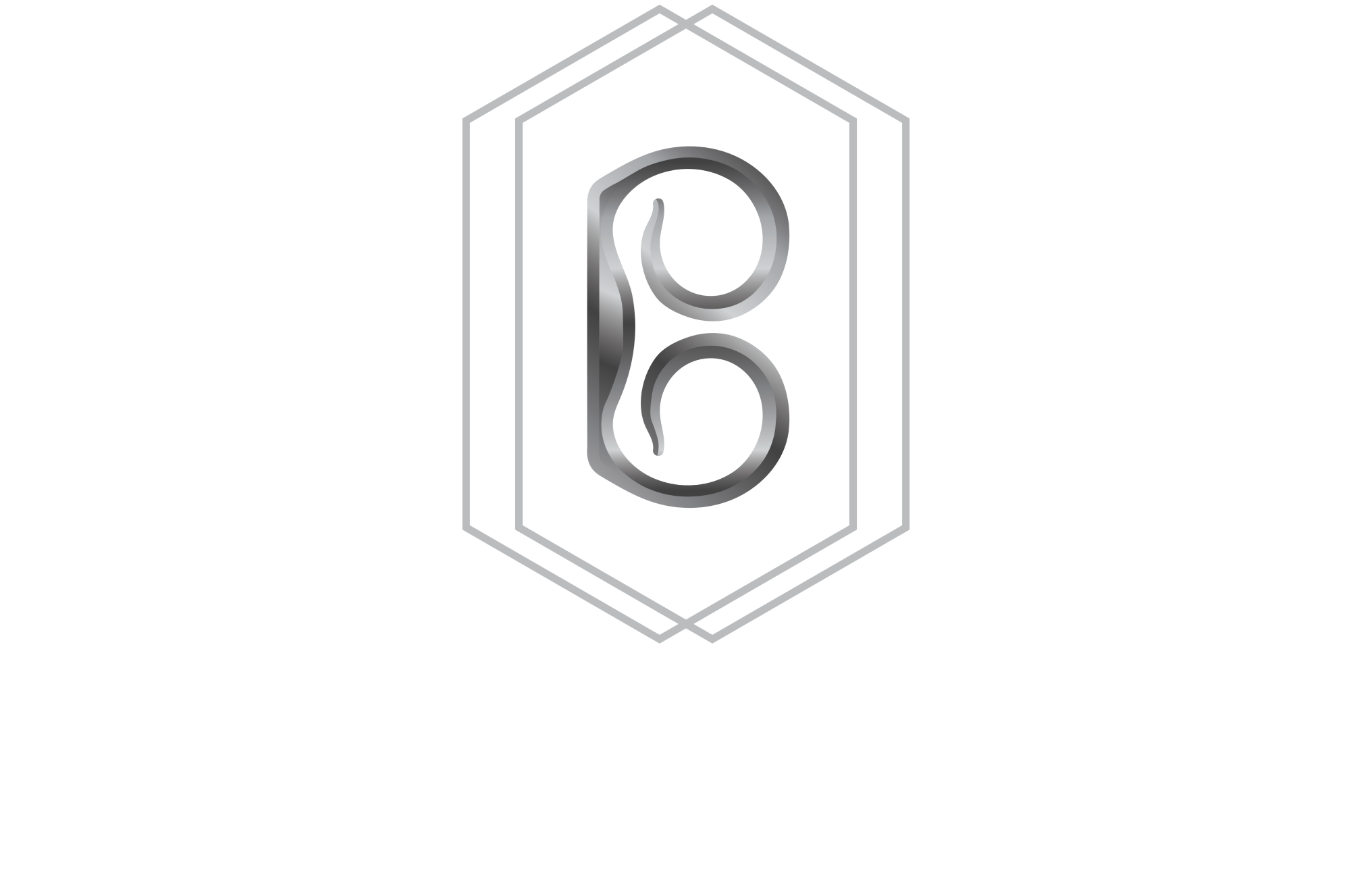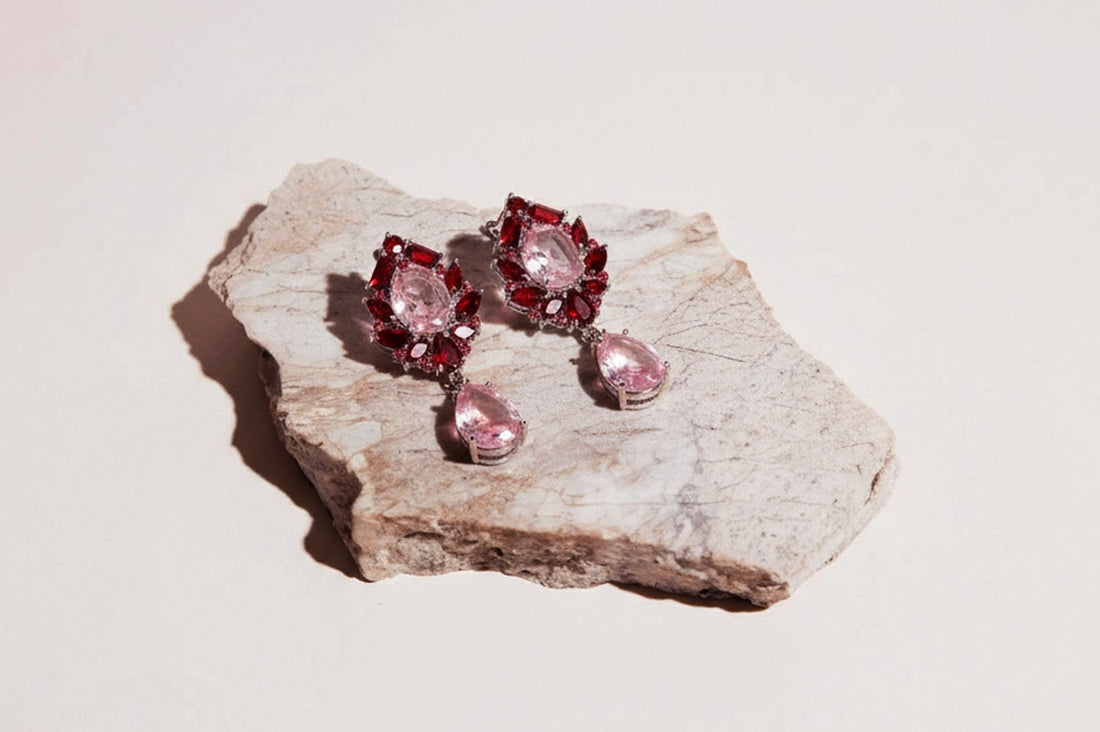Jewelry is not just an accessory; it is a living language of form and fire.
To read it well, one must first understand jewelry design principles, those invisible rules that give shape to beauty, discipline to extravagance, and meaning to sparkle.
A jewel that stirs the soul is never accidental. It is a dialogue between balance and proportion, emphasis and contrast, unity and movement.
Each element whispers a different note, yet together they create harmony, much like a symphony unfolding across metal and stone.
At Bahlko, we see jewelry not as passive decoration but as an active declaration, every gemstone, every curve, every proportion is intentional. To ‘read’ a jewel is to uncover its rhythm, its narrative, its quiet assertion of power.
Principle #1: Balance (The Foundation of Harmony)
Balance in jewelry design is the silent backbone of aesthetic appeal.
A pair of chandelier earrings may dazzle, but if the weight distribution feels lopsided, the piece loses its allure the moment it is worn.
Balance is both visual and physical. It ensures that no single part of a piece overwhelms the whole.
Designers often achieve this through symmetry, where both sides mirror each other, or through asymmetry, where contrast creates equilibrium without identical repetition.
The goal is not perfection but harmony, a necklace where gemstone placement guides the eye effortlessly, or a cuff where metalwork carries equal presence on either side.
Understanding jewelry aesthetics begins here: balance is what allows brilliance to feel natural rather than forced.
Principle #2: Proportion (Ensuring Every Element Fits Perfectly)
If balance is harmony, proportion is proportion’s quiet twin, ensuring that every detail feels intentional.
Proportion in jewelry refers to the relationship between components: gemstone to setting, pendant to chain, band to stone.
A ring with a gemstone too large for its band feels ungainly, while a pendant too small for its chain can disappear altogether.
In Bahlko’s studio, proportion is where precision meets instinct.
Designers must know not only the technical ratios but also the emotional resonance, a generous gemstone framed by a whisper-thin band conveys boldness, while the same stone on a thicker band might express grounding strength.
In the world of jewelry, proportion is less about mathematics than about creating a visual logic that feels inevitable once seen.
Principle #3: Emphasis (Creating a Captivating Focal Point)
Every masterpiece has a moment of drama - a point where the eye lingers. In jewelry, this is an emphasis in design.
It may be a gemstone, a sculptural clasp, or an unexpected curve of metal. Without emphasis, a piece risks blending into anonymity.
Consider a cocktail ring: the designer’s challenge is to direct the gaze toward the central stone without letting the supporting details overshadow it.
Settings, engravings, and smaller stones act as a chorus to highlight the soloist.
When emphasis is artfully handled, understanding jewelry aesthetics becomes instinctual. You know where to look. You feel the pause, the intake of breath.
This is where jewelry transcends adornment to become theater.
Principle #4: Contrast (Adding Excitement And Visual Interest)
Contrast is what electrifies balance. It is the interplay of opposites, light and dark stones, polished metal against matte texture, angular lines meeting fluid curves.
Contrast in jewelry prevents monotony and sparks conversation.
A bracelet of uniform gold may glow, but introduce black onyx, and suddenly the piece vibrates with energy.
Contrast allows a jewel to feel alive, shifting with light, changing with perspective.
But here lies the paradox: contrast must be controlled. Too much and the piece fractures into chaos; too little and it dissolves into predictability.
The designer’s artistry lies in walking this edge, where boldness meets refinement.
Principle #5: Unity & Harmony (Bringing The Whole Piece Together)
If balance is the foundation, unity is the crown. Unity in jewelry design means every element- gemstone, metal, texture, clasp, feels like it belongs.
Harmony is its twin, the emotional resonance that binds the piece.
Imagine a necklace where proportion is perfect, contrast exciting, and emphasis clear but something feels off.
Perhaps the clasp disrupts the rhythm, or the gemstone cut speaks a different language than the setting. Unity corrects this.
It is the invisible thread that transforms separate notes into music.
Harmony in design is subtle yet unforgettable. It ensures that jewelry doesn’t merely impress at first glance but continues to reveal coherence with every encounter.
The Bahlko Standard: Where Art And Precision Meet
At Bahlko, the principles of jewelry design are not textbook formulas. They are living philosophies, inherited through centuries of craft and reimagined with every creation.
Our designers move between discipline and daring, drawing from the timeless elements of jewelry design yet refusing to be confined by them.
Balance with boldness: Every Bahlko jewel holds equilibrium whether through symmetry or artful asymmetry yet never feels static. Balance here is not neutrality, but tension mastered into elegance.
Proportion with intuition: Proportion in jewelry is as technical as it is emotional.
The relationship between band and stone, pendant and chain, or clasp and closure is considered with architectural precision.
But beyond numbers, there is instinct, an intuitive sense of how a jewel should sit against the body, how it should feel in motion.
Contrast with control: Our maximalist artistry thrives on daring juxtapositions, polished metal beside rough textures, deep gems against luminous settings.
Yet contrast never disrupts unity. It heightens the experience, ensuring harmony in design remains intact.
Movement with meaning: A Bahlko jewel is never static. Earrings are designed to sway like whispers of light, while a bracelet comes alive with each gesture.
This movement in jewelry is deliberate, it transforms adornment into performance, an art form meant to be lived in, not just admired.
In the end, what makes a good jewelry design is not rigid adherence to rules but the courage to let principles converse - balance with proportion, contrast with emphasis, unity with movement, until they reveal something greater than themselves.
That is the Bahlko Standard: jewels that do more than sparkle. They speak, they resonate, they endure.
FAQs
What is the most important principle in jewelry design?
No single principle stands alone, but balance often sets the foundation. Without balance, proportion, emphasis, and unity cannot fully resonate.
How does a designer create balance in a piece of jewelry?
By distributing weight, form, and detail so that no element dominates. This can be achieved through symmetry or carefully orchestrated asymmetry.
What is the difference between proportion and scale in jewelry?
Proportion refers to the relationship between elements within a design, while scale relates to the size of the entire piece relative to the body.
How is 'emphasis' used to draw your eye to a gemstone?
Through settings, surrounding details, and design flow, emphasis directs attention to a focal point, most often a gemstone.
What does 'unity' mean in a jewelry design?
Unity ensures that all parts of a piece feel cohesive, working together to create harmony rather than discord.




